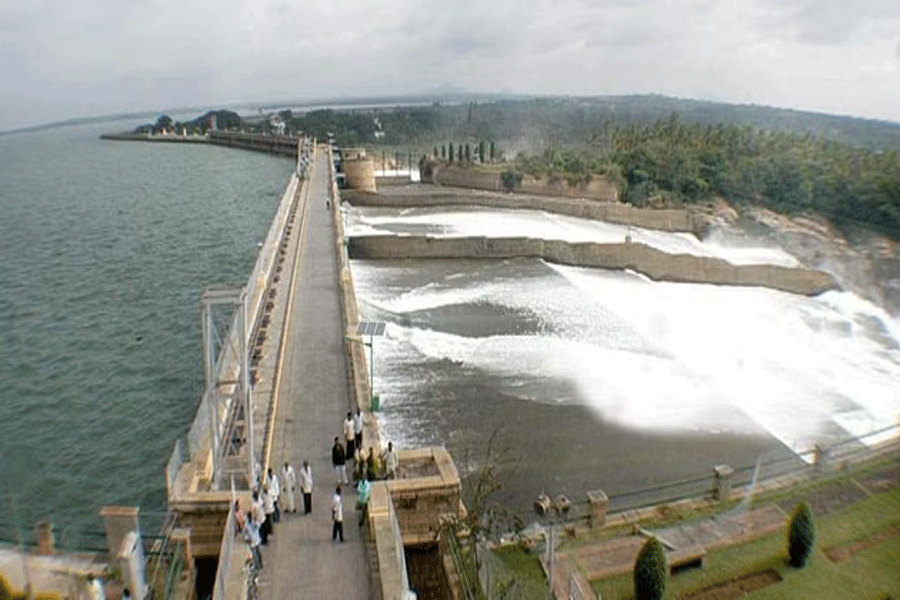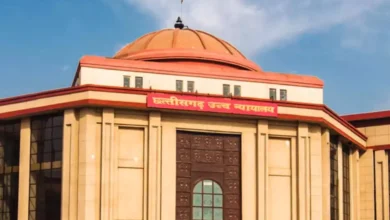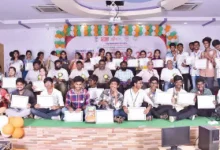Cauvery crisis pushes Karnataka govt on back foot

Earlier this week, during one of his routine media briefings, Karnataka Deputy Chief Minister DK Shivakumar aptly described the state’s predicament in the Cauvery water-sharing row as a “Catch-22 situation”. Then, they were hoping for some relief from the Supreme Court. That option has been exhausted, and now the government is on a sticky wicket.
The government has to abide by the court directive even as it incurs the wrath of farmers and Kannada outfits who are intensifying their agitation in the Old Mysuru region. The farmers’ protests got support from prominent seers, including Nirmalananda Swamiji of Adichunchangiri Mutt — a prominent Vokkaliga mutt in the state. As expected, BJP and JD(S) have thrown their weight behind the agitating farmers to corner the Congress government in CM Siddaramaiah and Shivakumar’s home turf.
Currently, the situation is dynamic and Congress and its government appear to be on the back foot. In many ways, it is a testing time for the government — even more so for Shivakumar’s leadership. He wears many hats, and is at the helm of affairs in the government as well as in the party.
As the Water Resources Minister, his department takes the lead in representing the state before Central authorities as well as the courts in interstate river water disputes. After failing to get respite in the legal battle, water has to be released. Opposition parties are accusing the government of not adopting a proactive stance and delaying approaching the Supreme Court.
Agencies like Bangalore Water Supply and Sewerage Board (BWSSB), which fall under the Bengaluru City Development department — another high-profile portfolio that is with Shivakumar — are yet to show a proactive approach in reassuring people in the state capital that there won’t be any drinking water crisis in the summer or at least prepare a contingency plan.
There is no need to press the panic button as the state is hoping for good inflows into reservoirs in October, November, and December. But, if that fails, we will be in trouble. Hence the need for a contingency plan.
The interstate river water-sharing dispute is also a political and emotive issue. As Cauvery water flows into the lower riparian state of Tamil Nadu, the current crisis in Karnataka will also eventually end, one way or the other. But, the manner in which the administration handles the crisis will have far-reaching implications, politically as well as for the farmers in the region.
The government’s performance under Chief Minister Siddaramaiah and Shivakumar will also be looked through the prism of how it handles the Cauvery crisis. For now, the immediate task before the government will be to take agitating farmers, Kannada outfits and opposition parties into confidence and not let the issue get out of hand.
Politically, it has the potential to be a major issue in the region for the 2024 Lok Sabha polls. It can even cast a shadow on Congress’ plans to ride the goodwill of the government’s guarantee schemes.
The Janata Dal (Secular) and BJP, which have forged an alliance to take on the ruling Congress, will make an all-out effort to put the government on the mat on farmers’ issues. BJP’s Lingayat strongman BS Yediyurappa and JD(S) leaders, former Prime Minister HD Deve Gowda and HD Kumaraswamy, are known for championing the farmers’ causes. And none of Congress’ five guarantees are farmer-specific, although they broadly cover all sections of society.
Good rains are the only hope that can bring some relief to the farmers on both sides of the interstate border, while the governments need to make efforts to find a lasting solution to the crisis.
A formula to share water in a distress year is one of the options. But just relying on mathematical models to arrive at such a formula will not help. It should be based on the ground realities in both states as each distress year is different.
The Karnataka government and many irrigation experts argue that Mekedatu Balancing Reservoir with a storage capacity of 67 tmcft will be an answer to the crisis which recurs when water levels in the state’s reservoirs start depleting due to deficit rain.
















